Hive Center for Contemporary Art is pleased to announce Yuna Yu’s (b.1997)first solo exhibition, The Serpent Archive, at Hive·Becoming Shanghai, opening November 12, 2025. As the fifty-ninth iteration of the Hive·Becoming Project (HBP), the exhibition unfolds through multiple dimensions to reveal the artist’s migration and reflection across diverse cultural trajectories. Yu employs a transcendent mode of abstraction to weave the past, the present, and latent experiences into a continuously entwined and self-generating visual field. Curated by Zhao Xiaodan, the exhibition will run through December 16, 2025.
Born in Chengdu, Yuna Yu has lived and studied in Toronto, Beijing, and London since the age of fourteen. Her transregional upbringing has prevented the formation of a singular cultural identity, allowing instead for a fluid subjectivity shaped through constant displacement. Drawing on mythological motifs, medieval relics, and historical archives, she sutures personal memories with the collective consciousness of human history, forming a painterly language that bears both an Eastern sensibility and a cosmopolitan perspective. Grounded in her acute awareness of the ambiguities and erasures of identity in a globalized context, Yu treats displacement as both method and metaphor. Her transformation of tactile experiences across cultures results in a visual expression that is at once expansive and elusive. The first chapter of the exhibition introduces the symbol of the Chimera, through which Yu visualizes the oscillations between glory, illusion, and decline in the narratives of civilization.
I. The Raft of Chimera
In Yu’s practice, the “Chimera” is not merely a hybrid creature but a metaphor for the ongoing contest between civilization and power within contemporary structures of consciousness. In A Cyborg Manifesto: Science, Technology, and Socialist-Feminism in the Late Twentieth Century, Donna Haraway refines the “Chimera” into a critical emblem for understanding the postmodern cyborg world, addressing the multiplicity and fragmentation of identity. This theoretical framework provides Yu with a vital anchor for her visual inquiry.
In her works, the Chimera often appears alongside emblems of honor such as ribbons and medals. Yet beneath the seemingly triumphant symbols lie distorted, ironic details that cast shadows of rupture and decay. Through the visual metaphor of a “Raft of Medusa,” Yu deliberately places the narrative of coexistence under sustained tension—where chaos and lyricism intertwine. Like Solaris, the sentient ocean in Tarkovsky’s Solaris, which externalizes human guilt, desire, and memory into tactile entities, Yu’s imagery reflects a collective dream destined to collapse under the weight of its own contradictions.
II. Relics and Entwined Antiquities
Civilizational relics and medieval objects occupy a significant position in Yu’s work, becoming core elements entwined within the Chimera’s symbolic system. Her bodily memories of walking through Chinese grottoes during childhood, combined with her recent travels to Egypt—where she gathered extensive visual material for research—constitute a pulsating, corporeal archive.
This experience forms the second structure of the exhibition. By fusing images collected in Egypt with the alternative historical narratives she encountered at the Venice Biennale last year, Yu invokes a sense of collective melancholy and the fragility of individual agency. Her practice inhabits the interstices between overlapping consciousnesses, seeking to approach the originary questions of image existence. Static historical memory becomes an ever-flowing crucible of thought, within which she continuously probes the residual forms of power, the libidinal structures underlying the origins of civilization, and the physiological imprints of personal recollection.
III. Technological Apparatus and the Illusion of Immortality
With the Chimera and civilizational relics evoke humanity’s collective past, the third chapter of the exhibition turns toward the technological artifacts that have defined modernity—most notably, photography. The forgotten images buried within archives embody another dimension of humankind’s pursuit of eternity. Yu removes the human figures from these photographs, shifting her gaze to the fictionalized landscapes behind them. For her, these backgrounds are not passive settings; they are information-dense terrains that encode the visual aesthetics and ideological constructs of their time.
Traversing temporal and spatial intervals, the artist reconstructs historical narration through a postmodern lens. In doing so, technological imagery becomes a mirror more attuned to contemporary perception.
In Tarkovsky’s Solaris, the sentient planet transforms the subconscious, guilt, and memory of humankind into tangible beings, invading the astronauts’ will and trapping them in endless entanglement. The vast, silent cosmos contrasts with the decaying machinery of the space station, mirroring the human obsession with eternity and existence. Whether it be relics, medieval artifacts, or technological apparatuses, all share an underlying illusion—the desire to arrest time. Humanity’s attempt to preserve memory is perpetually ensnared by the mirages of its own consciousness. Yu’s art exposes this paradox. Extracting and weaving imagery from the drifting, overlapping residues of history, she draws viewers into a liminal zone where history and the surreal converge. Within this space of interpretive ambiguity, she continues to inscribe The Serpent Archive that lies dormant within the deep strata of human awareness.


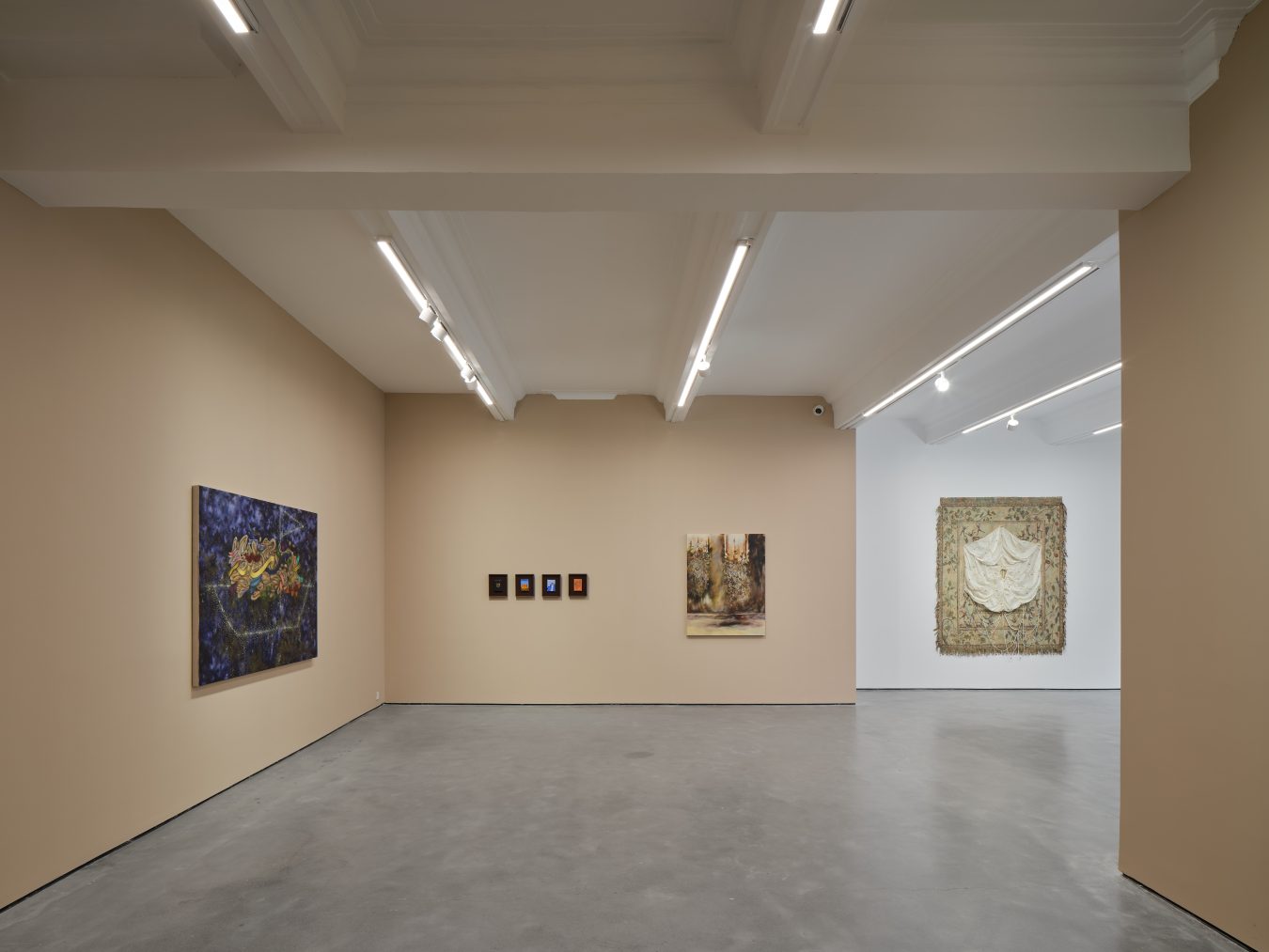

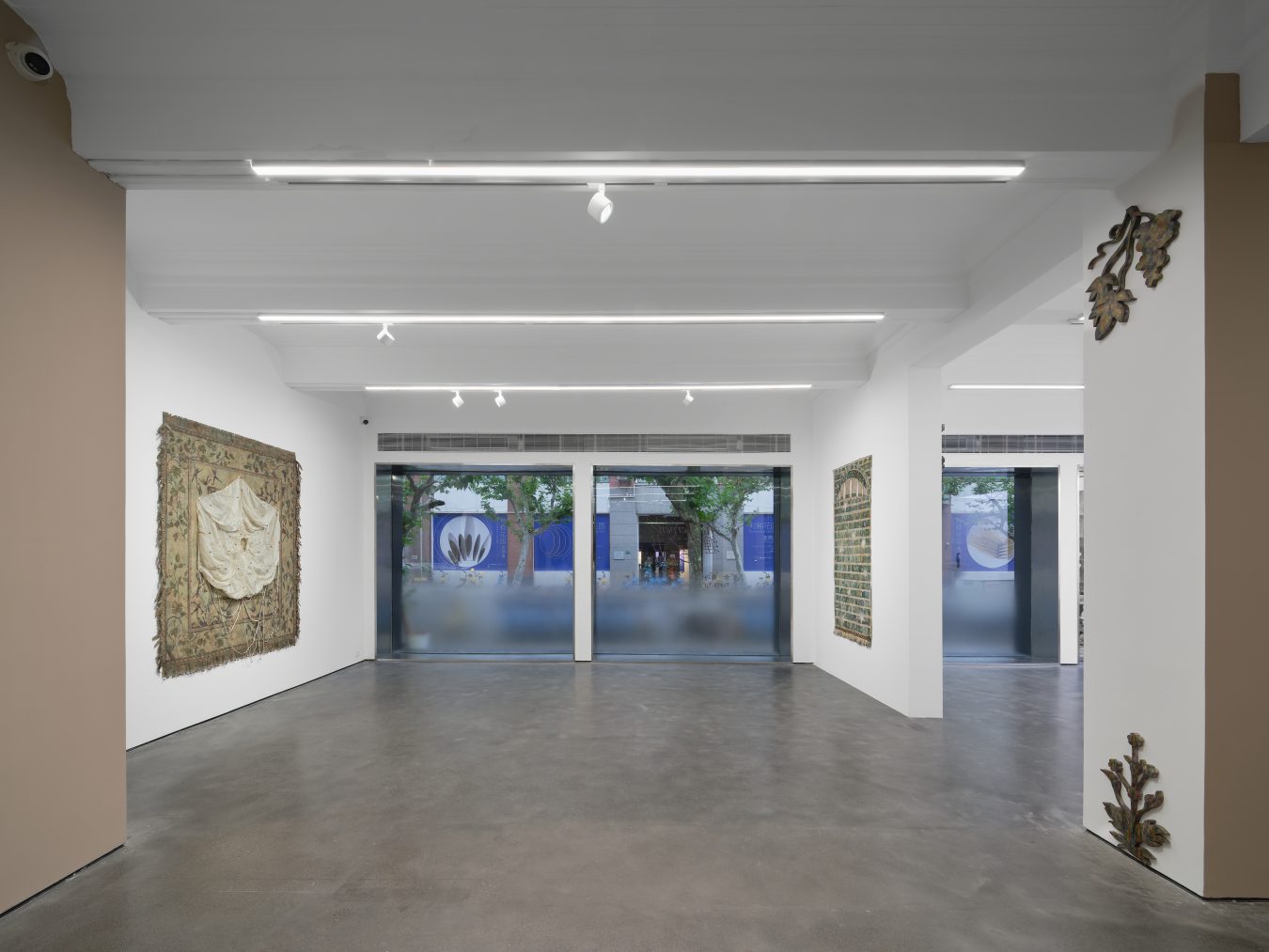
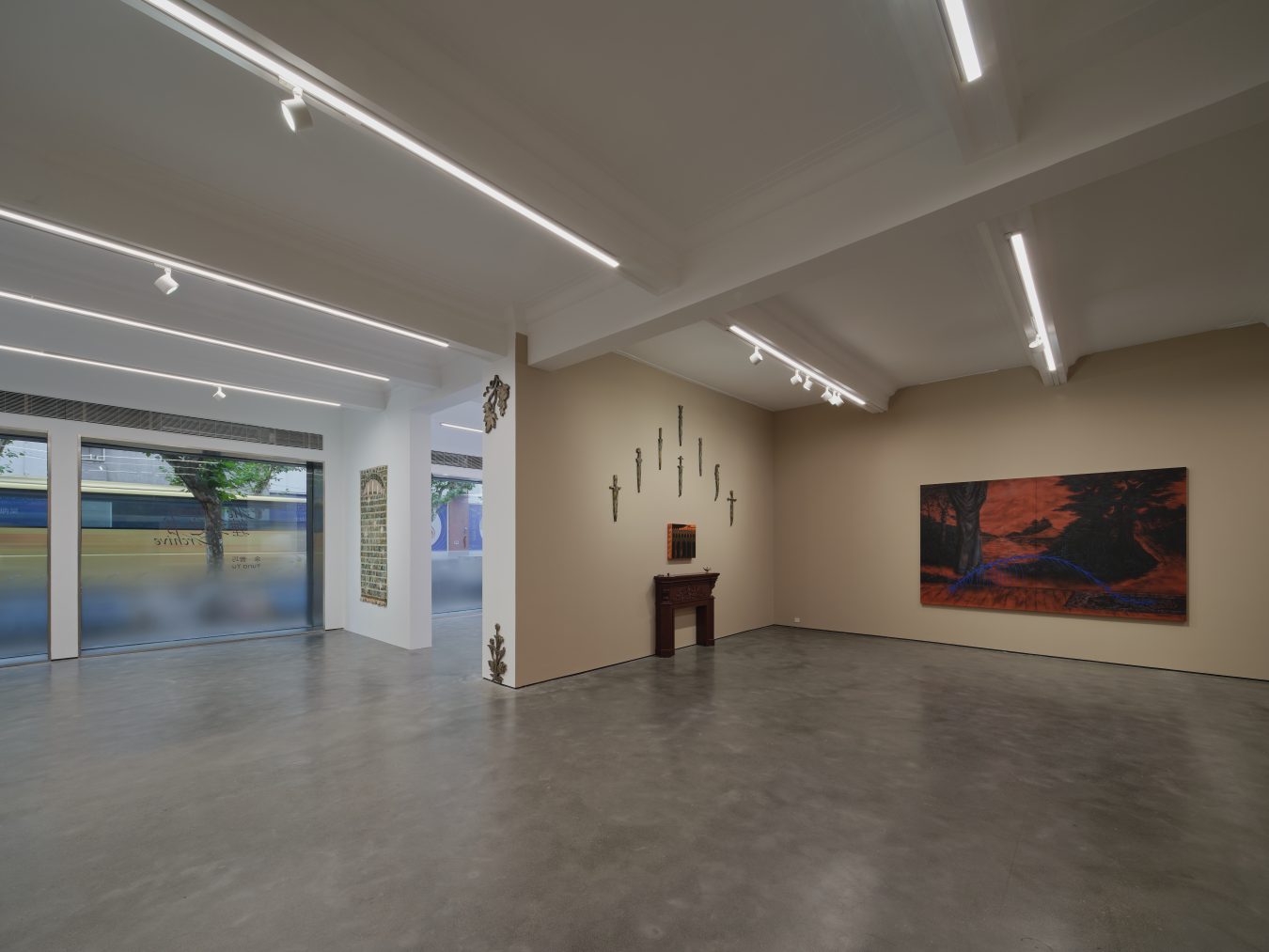
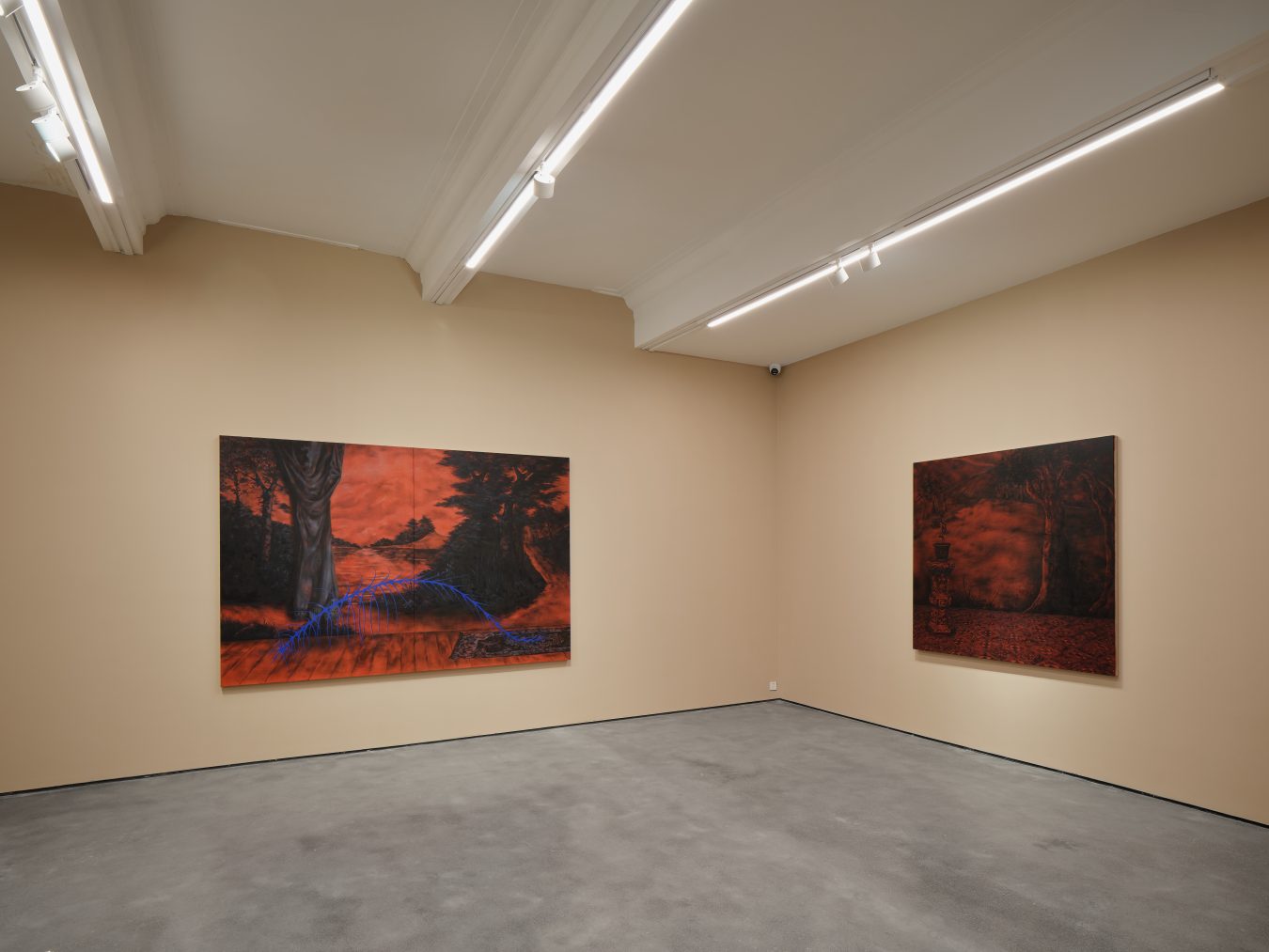
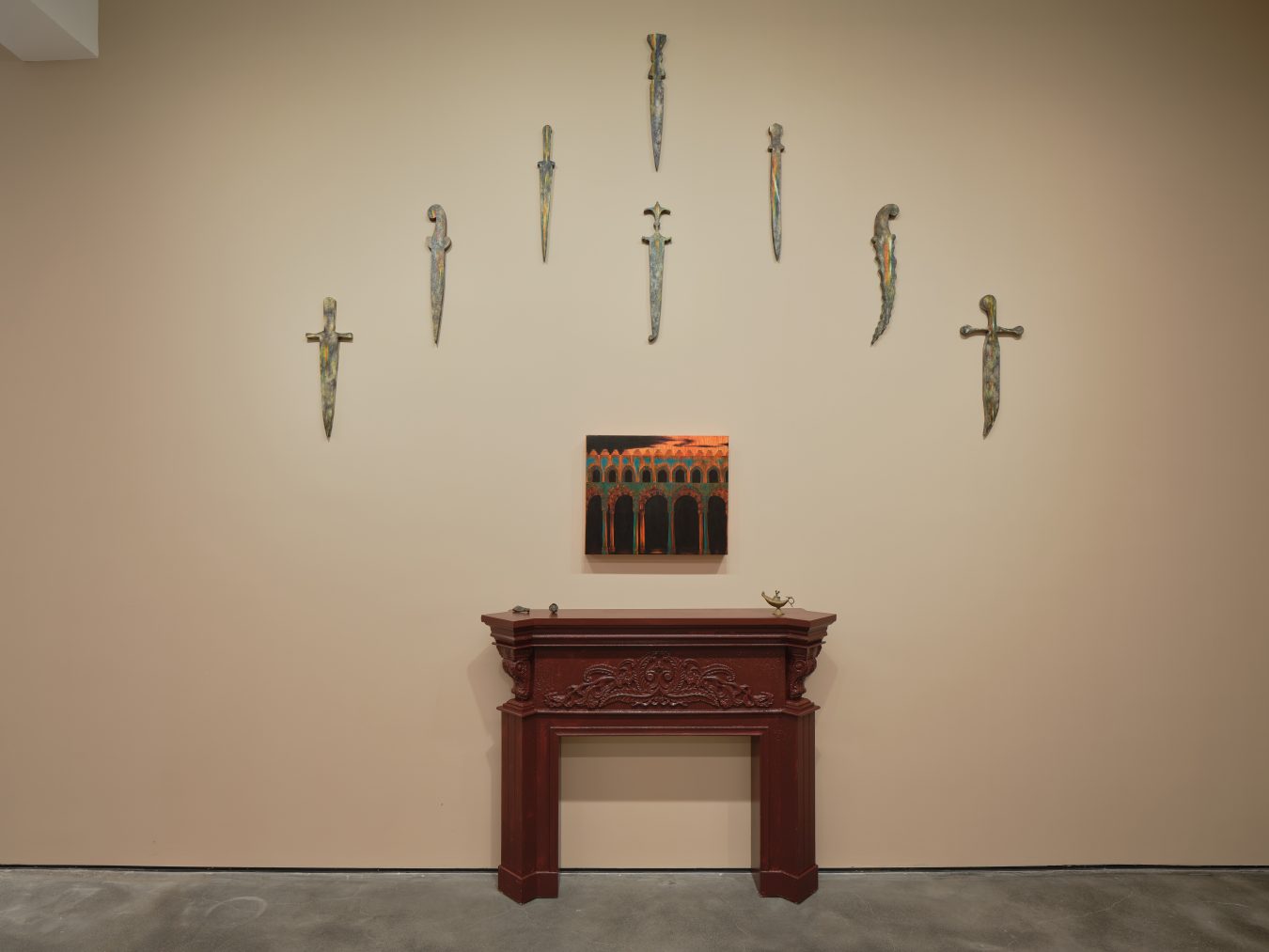
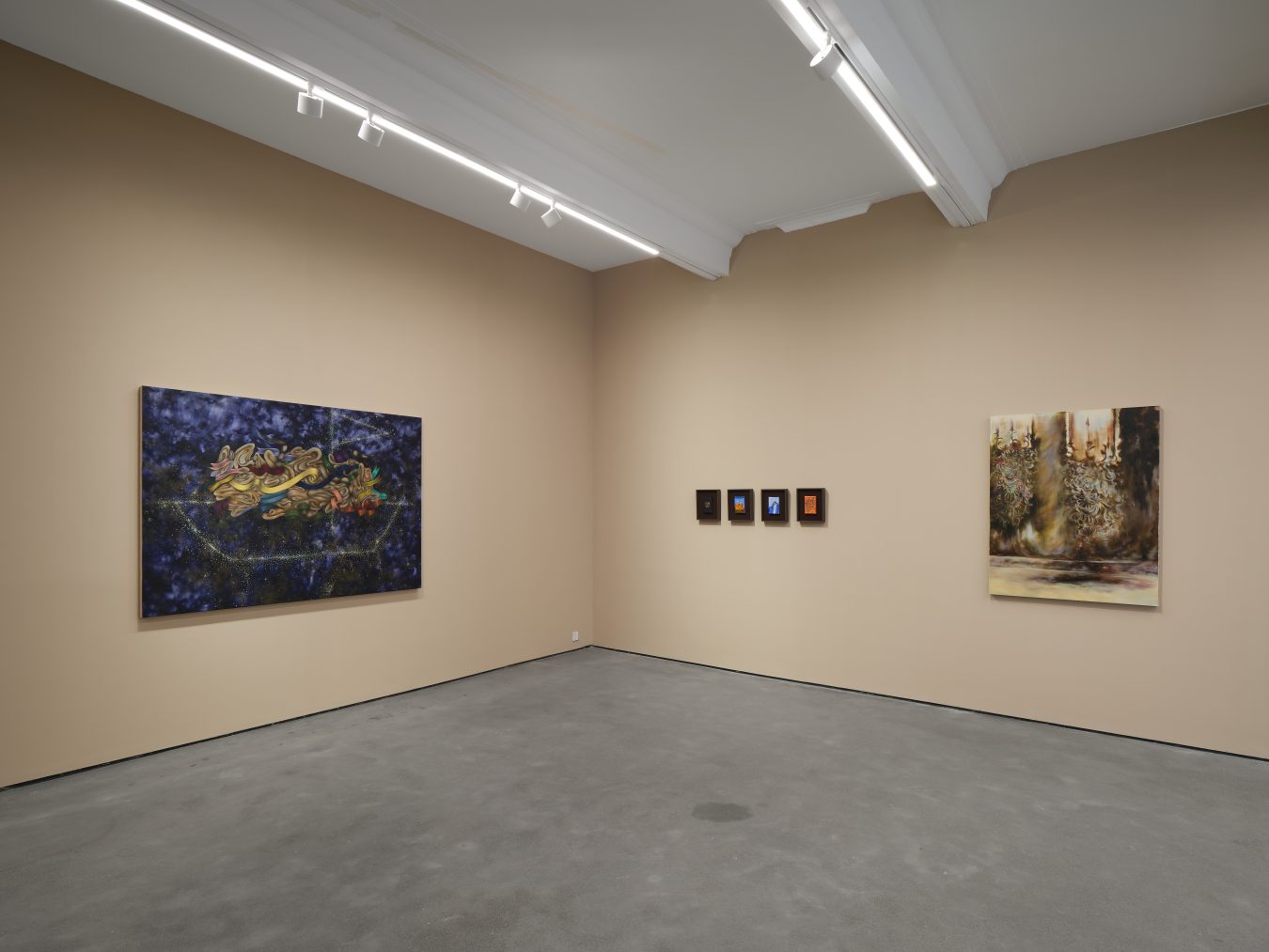


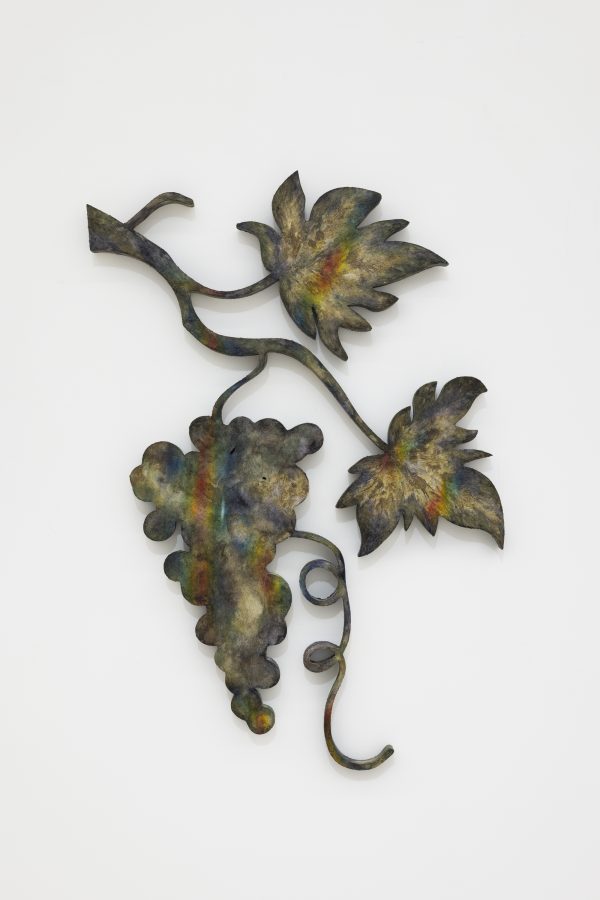


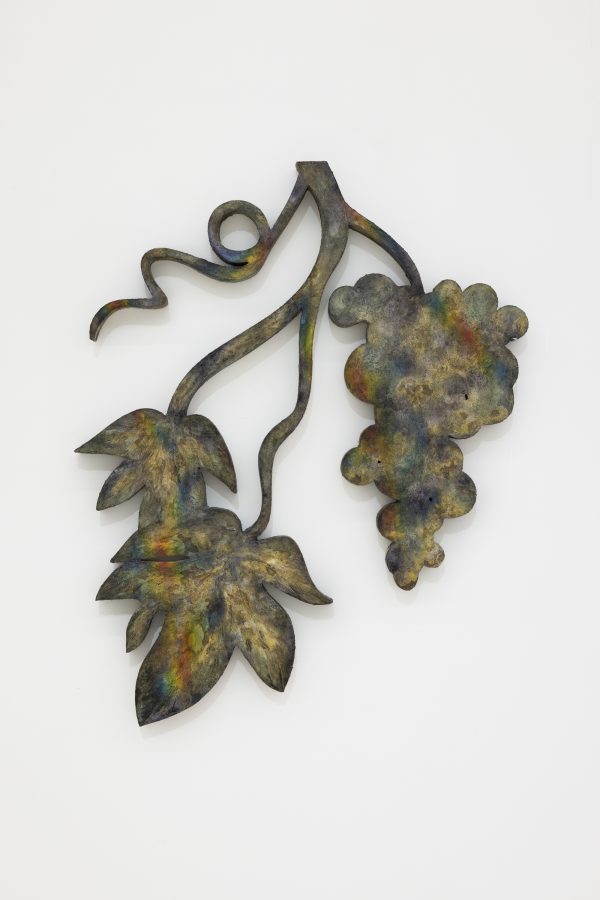
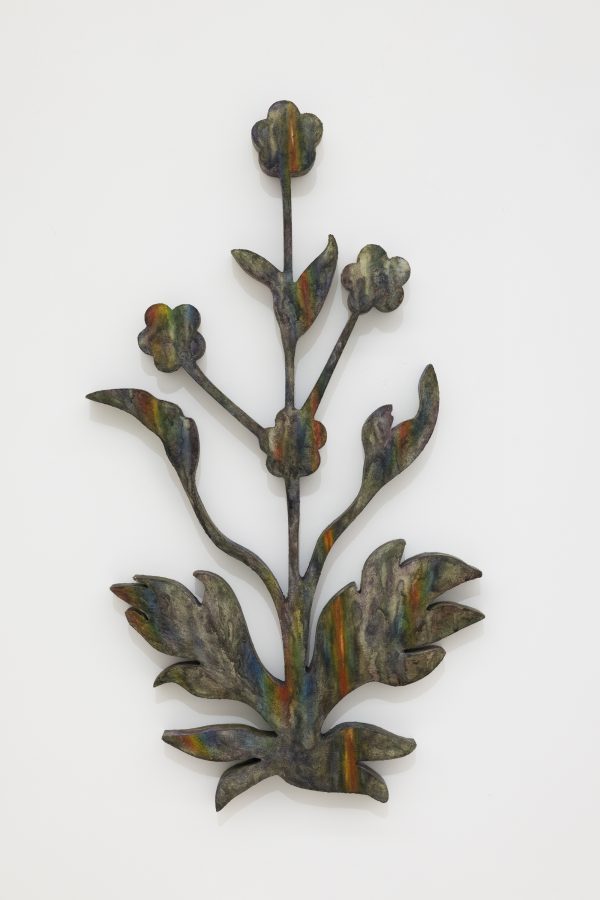
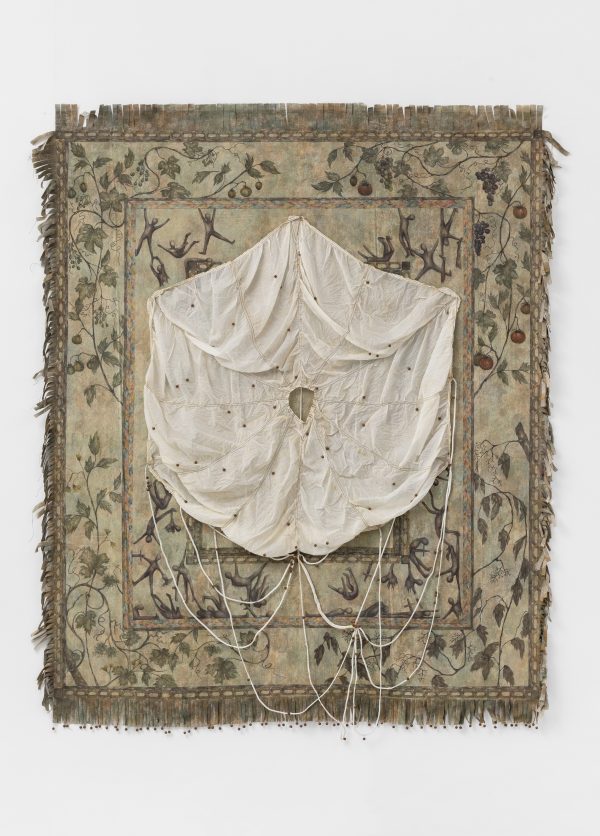

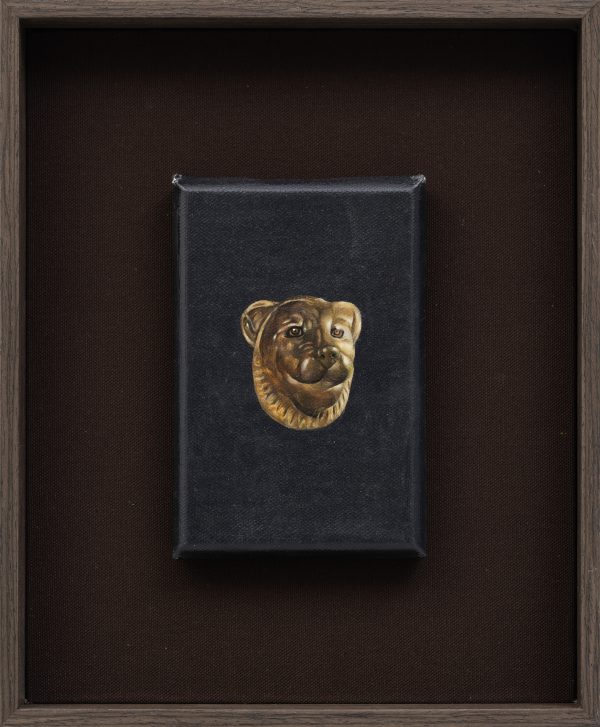

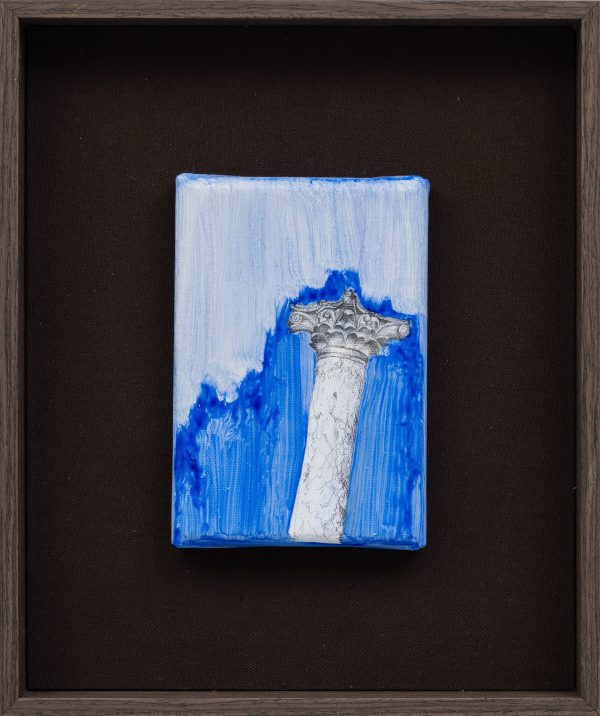
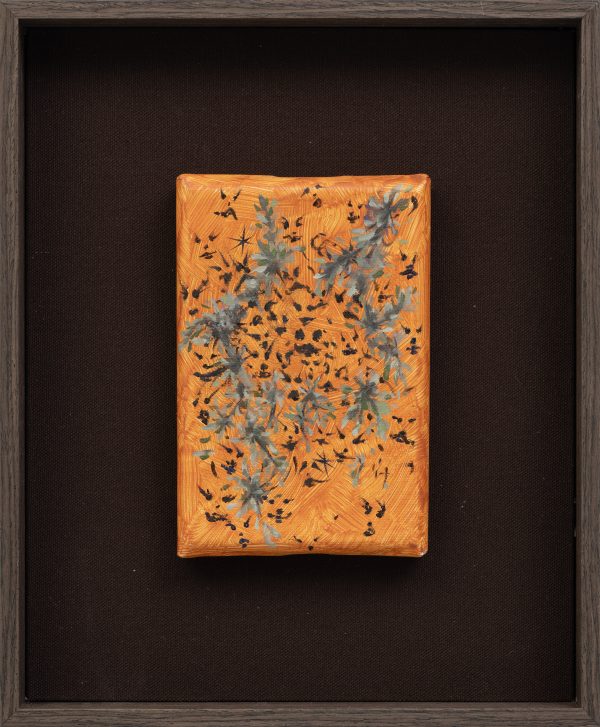

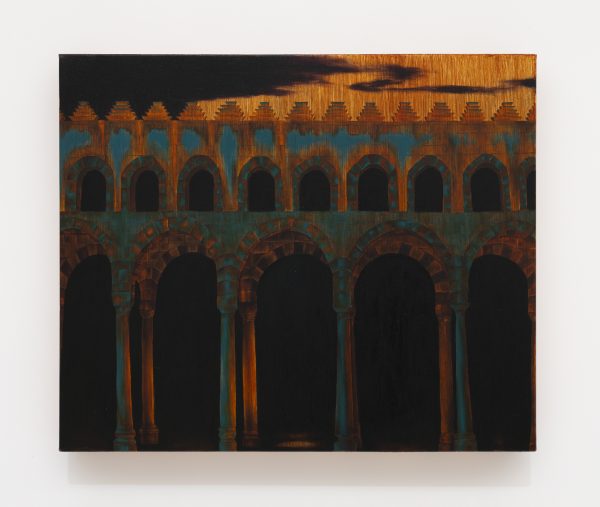


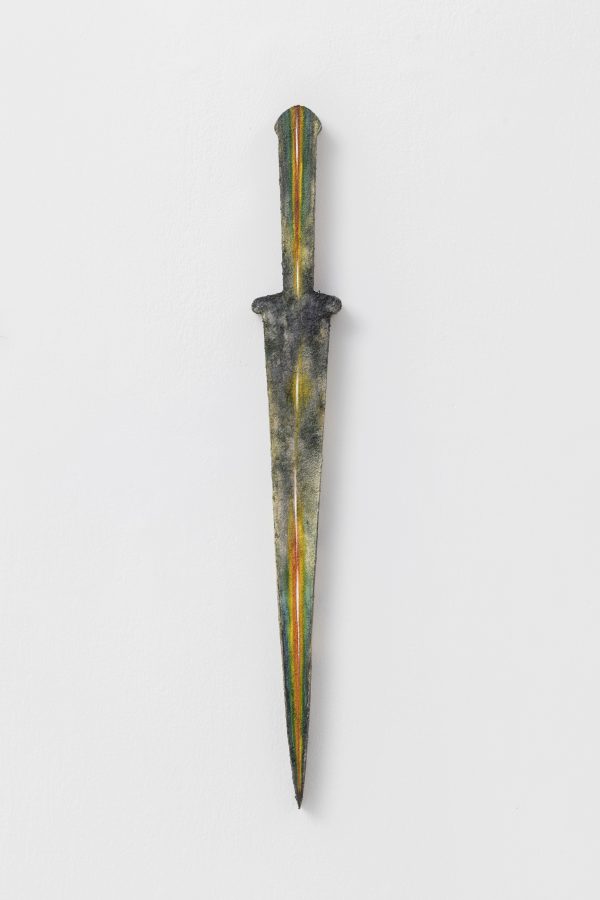
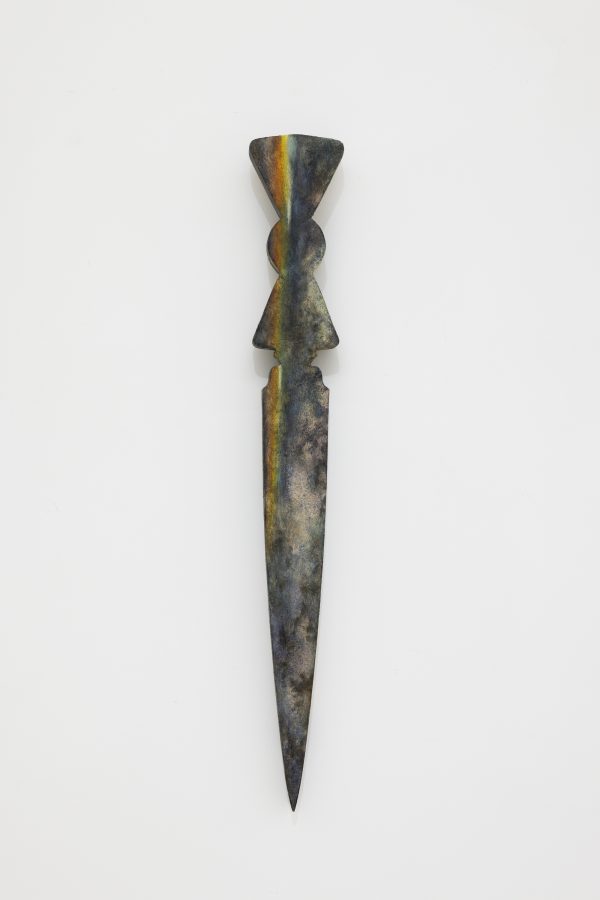
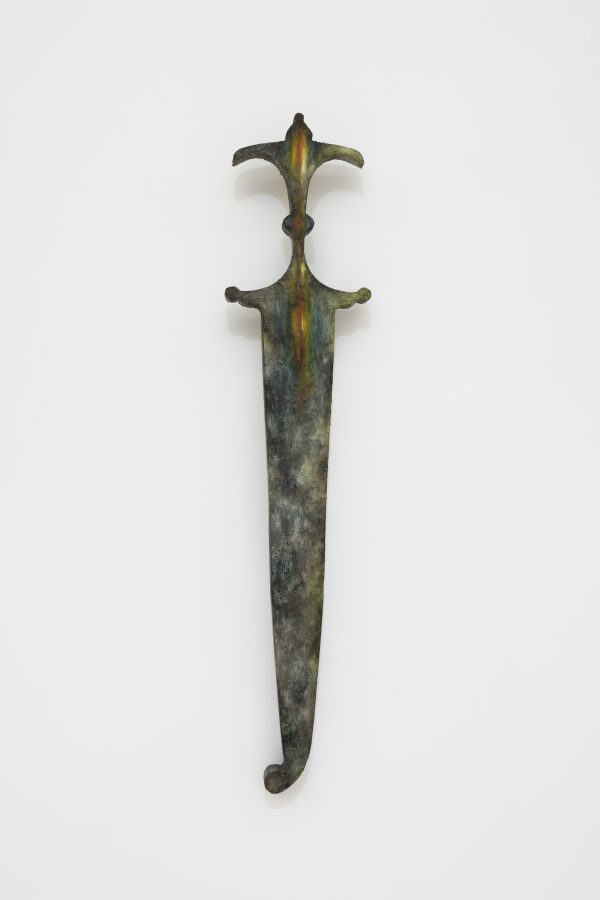
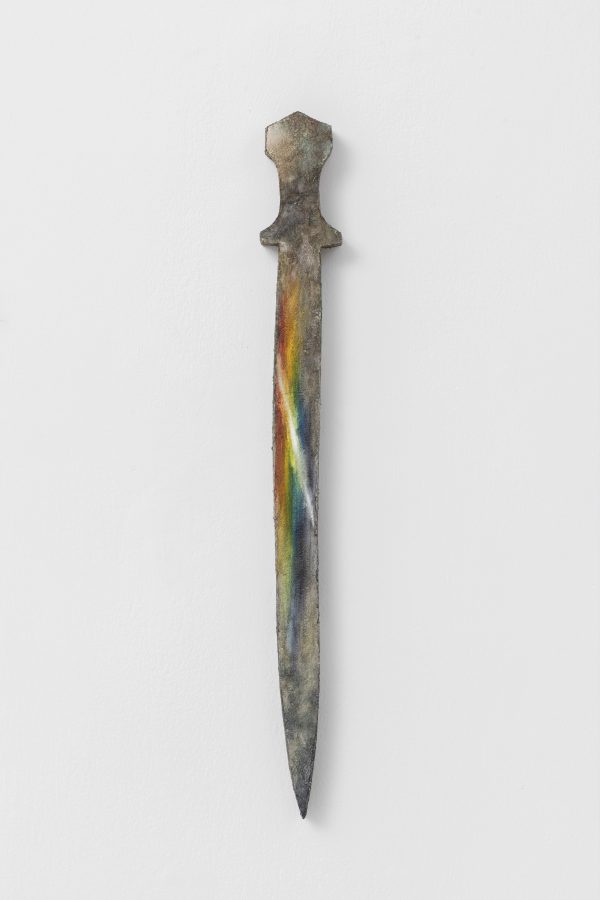

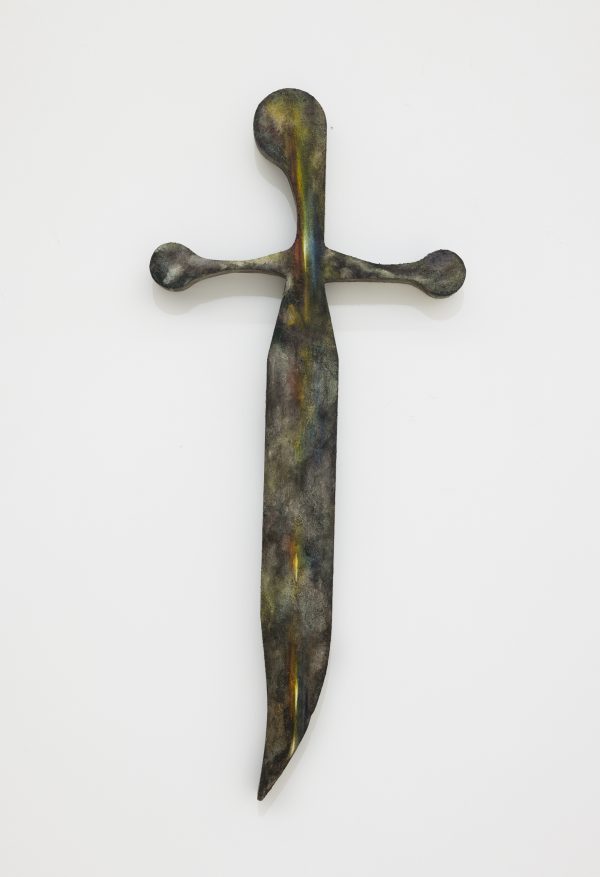
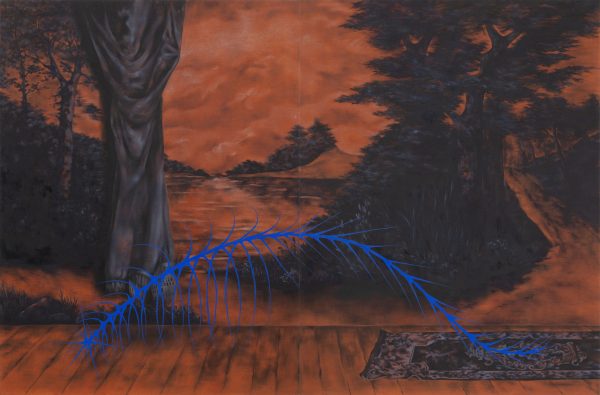
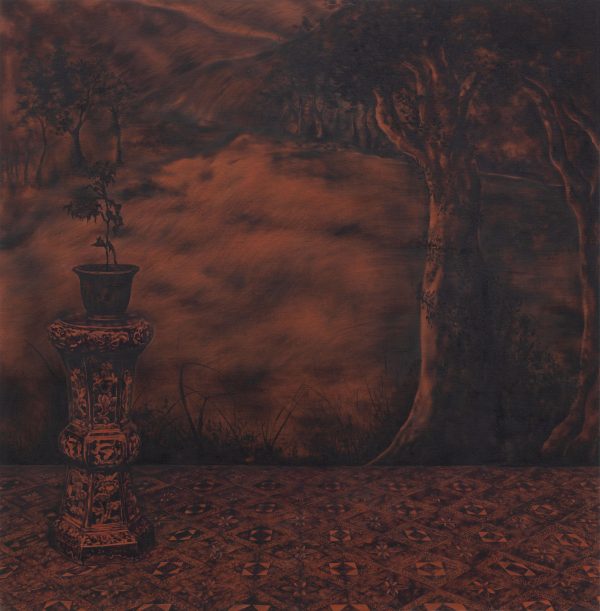
The-Oldest-Surviving-Things-2024-布面油画-Oil-on-canvas-185×160cm-1-600x695.jpg)

